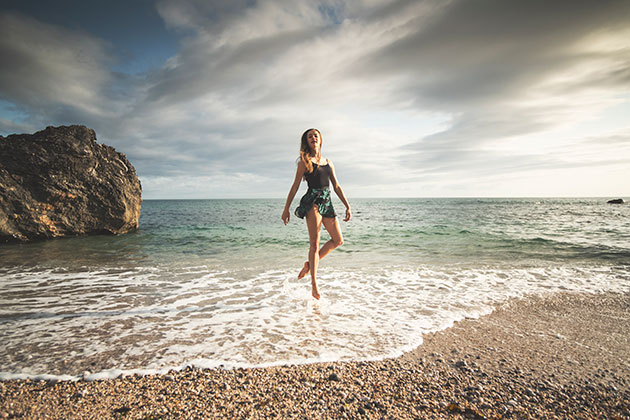Environmental portraits
Portrait photographer Jonathan Bielaski shares his portfolio of images as well as his insights on photographing people in their environment
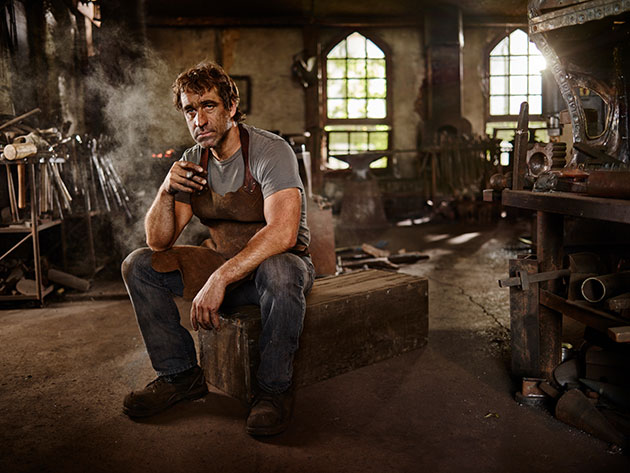
Credit: Jonathan Bielaski
Mix the light
When using external lighting, try to make it look as natural as possible. Drag your shutter to bring in some of the ambient light and match the colour temperatures. It’s fine to play with different tones of light, as in this image, with some light warmer than other parts. Just make sure that it’s intentional.

Credit: Jonathan Bielaski
Know your subject
When you get to your location it’s great to have interviewed your subject beforehand and spent time getting to know them. This will give you insight into who they are and what they do. Utilising the props they have will add an element that can tell the visual story.

Credit: Jonathan Bielaski
Pay attention to colours
The colours in your image – both from the wardrobe to the supporting elements – are key to making a cohesive image. With this image I wanted to make sure that the tones and richness came out in this theatre set.

Credit: Jonathan Bielaski
Pull back
With my portraits I love to crop tight into a headshot, but I also enjoy seeing the full pulled-back view. Seeing the sitter’s workspace or environment reveals so much about them, such as interesting detail like the tools of the trades. It enables us to peer into that subject’s life.
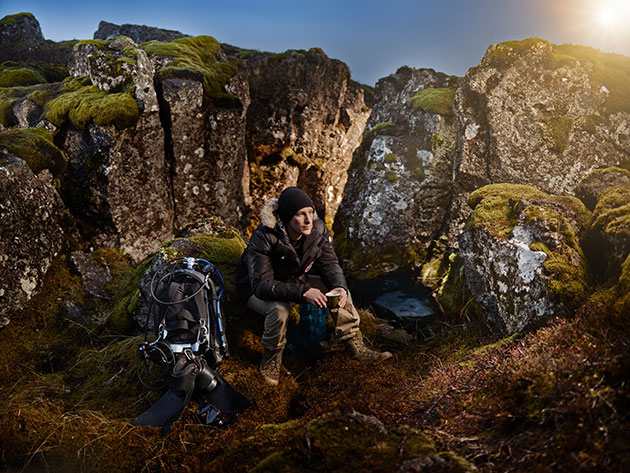
Credit: Jonathan Bielaski
Find the right spot
The background or setting in an environmental portrait is just as important as the subject. Work as a team with your subject to find the right spot that will tell the story. This image, which was captured in Iceland, was a favourite spot for the diver.
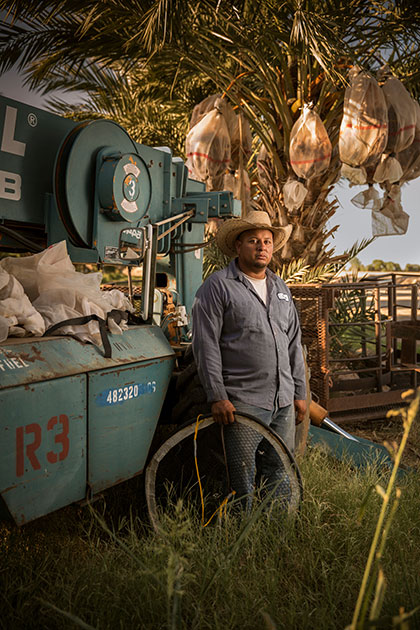
Credit: Jonathan Bielaski
Find the light
Working outside in a remote location can be amazing. Using the natural light and finding the puddles of reflected light to place your subject in is key. Within this image there was a truck just to the right-hand side of the subject reflecting the natural light where I needed it.
Kit list
- Remote shuttle release system Using a remote shutter release system gives you the ability to connect with your subject and step out from behind the camera. It becomes a more personal shoot and you can have a conversation with your subject.
- Sturdy tripod Locking your composition and working with props to fill the frame is much easier to do on a tripod. A stable and correctly sized tripod for your camera will make composites easier, if needed, too.
- MacBook Pro/iPad Pro Shooting tethered (wired or not wired) is the only way for me. Being able to show my subjects the way the shot looks can break down any fears or nerves that they may have.
Based in Toronto, Canada, Jonathan Bielaski creates cinematic portraits of real people in real places. Striving to capture as much in camera as possible, he has mastered his tools and working on location. See more at jonathanbielaski.com.
Documentary portraits
Photographer Maarten Mellemans reveals his top shooting tips for capturing portraits at events and in daily life using only natural light
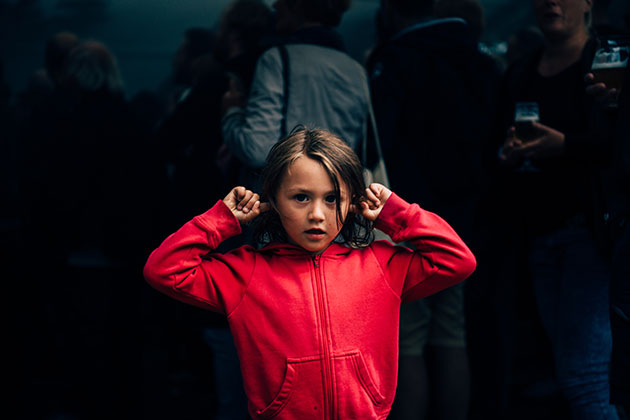
Credit: Maarten Mellemans
Bright colours and contrasts
People in general dress safe with dull and muted colours. When there is someone who’s wearing something unique and bright, this creates a photographic opportunity. Photograph them in front of the ‘dull’ people so they are sure to stand out. Try to enhance the contrast by shooting them against people standing in the shade.
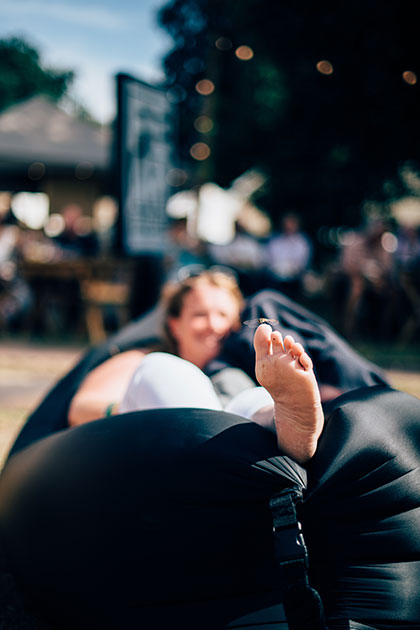
Credit: Maarten Mellemans
Look for the small moments
It’s tempting to go for the low-hanging fruit and only shoot obvious situations. Dancing and smiling people are often found at events but I think the magic is in the small moments, those subtle interactions. A quick look, a gesture… these intimate glances provide so much more depth to an image and are also more interesting to look at for viewers.
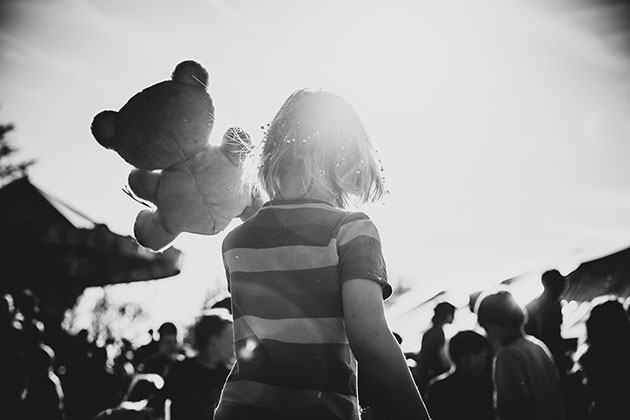
Credit: Maarten Mellemans
Shoot against the sun
Most people try to keep the sun to their back, but I like to turn around especially in the evening when the sun starts to set. During the magic hour you can capture some great atmospheric images. Silhouettes and sun flares are your allies.
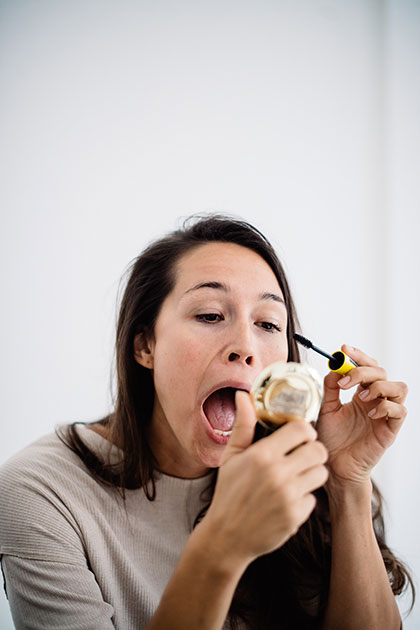
Credit: Maarten Mellemans
Gain your subject’s trust
This is vital during smaller events or when I’m following someone one-on-one. I always focus on gaining their trust first. The good images will come later when they start to forget I’m there and let their guard down. This is even more important when there are kids involved, as they can take longer to adapt to a stranger invading their space.
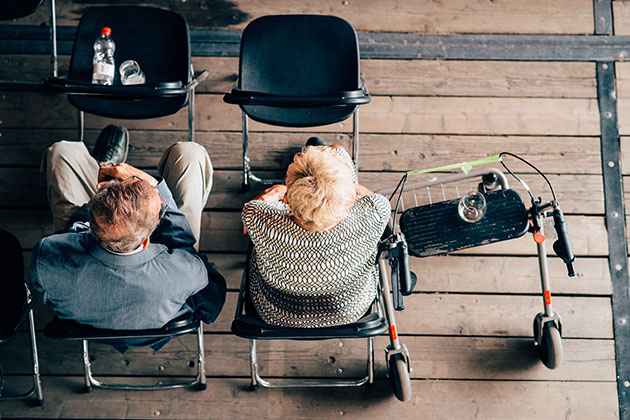
Credit: Maarten Mellemans
Change your perspective
If you take all your images at eye level they’ll look basic as we’re all used to this perspective. To stand out, go and stand on something to gain a higher perspective or lie on the ground. You’ll get used to the weird looks! Another option is to take a wideangle lens (I like to use a 24mm) and shoot without looking through the viewfinder. Just use zone focusing and hold your camera high and low.
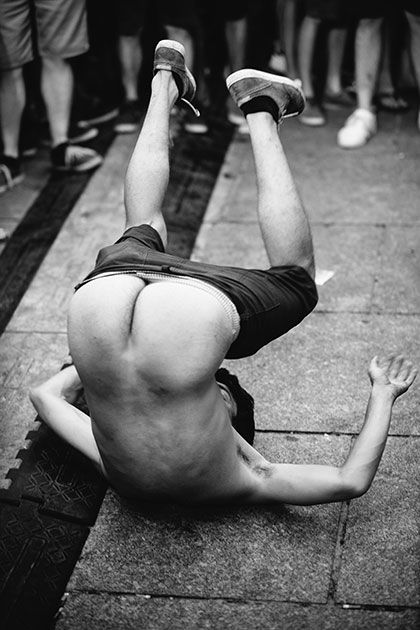
Credit: Maarten Mellemans
Always be ready
Event photography is a bit like street photography: anything can happen at any moment, so make sure you’re ready. This means no ‘chimping’ (checking every photo on the camera display immediately after capturing the shot) because you could miss some great images while looking at your screen. My advice would be to treat your camera like an analogue one and just shoot. You’ll see the results later when you get them on your computer, and can then spend time editing them.
Kit list
- 50mm lens It’s the most versatile lens to have, and I know it inside out. It enables me to react very fast because I can see the composition before I raise my camera.
- Peak Design camera strap I like to hold my camera in my hand and shoot with it low, so a versatile strap system such as the Peak Design is perfect for my style of photography.
- Lightroom I find Lightroom is speedy and accurate for processing my images after an event, and I can turn a batch of images around very quickly.
Maarten Mellemans is a fine-art photographer based in Belgium. He’s worked with a wide range of clients including magazines and music festivals. He also organises workshops. See maartenmellemans.be and photographydomination.com.
Wedding portraits
Tiree Dawson shares her six top tips for capturing cracking shots on a couple’s special day

Credit: Tiree Dawson
Study composition and colour
Invest time in gaining an understanding of the rules of composition and colour theory – even if it’s just to play around with breaking them! When you see an image you should note how the photographer used form and colour and to what effect.

Credit: Tiree Dawson
Experiment
For each section of the wedding day I will always get the ‘safe’ shots first, as these are essential in documenting the event. If I do this efficiently, however, I know that I’ll get to use any remaining time to up the creativity levels. Don’t be afraid to tell your client when you’re experimenting. If you’re behaving oddly holding things up in front of the lens or rolling around on the floor then it’s much better to communicate why rather than to lose their trust. If they know you’ve got the safe shots in the bag then they are usually happy to play along in the name of creativity and the chance of something unique.
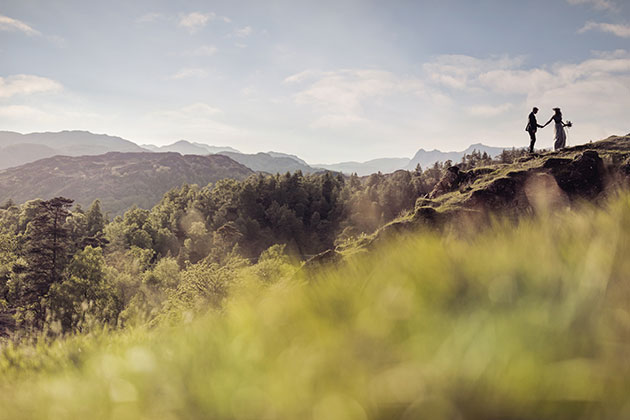
Credit: Tiree Dawson
Think about the background
Ask yourself about the purpose of the background in each image you are making. Will you choose to have it in focus to give a sense of the environment and surroundings? Or do you want a shallow depth of field to give creamy colours and make the couple stand out as the main subject? There is no right or wrong here, but intentionality always pays off. I always carry a wide range of lenses to keep my options open and find that working on a couple of bodies allows me to shoot a broad range of compositions in a short amount of time.
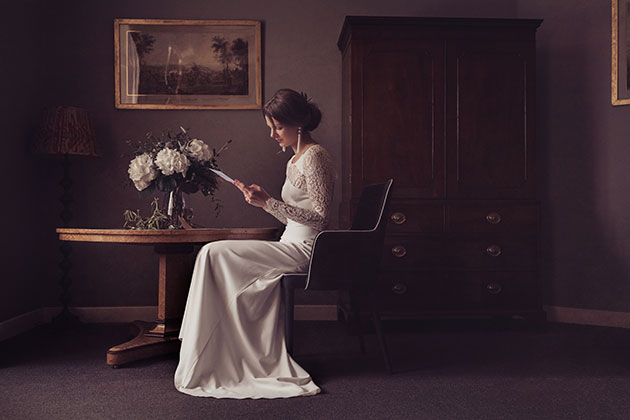
Credit: Tiree Dawson
Look for the best light
Posed wedding portraits of the bride and groom are one of the few parts of the day where you have a choice over the lighting and location of the shots you are taking. Make the most of this freedom by picking an area where the light is flattering and suits the mood of the couple and the wedding. It could be soft, playful or dramatic but you should have a sense of what will work well for them and for you. Use quieter times of the day to efficiently scope out locations and light (these may change at any time, so keep this at the back of your mind). Even if you are quite familiar with a venue and work at it frequently, it’s important to do this as conditions can change dramatically from one day to the next, so be fully prepared to keep adapting to the conditions.

Credit: Tiree Dawson
Create feeling and mood
Being able to build a rapport and trust quickly with your couple is something that comes with experience. But even after 400 weddings there are times when it can feel a little tricky. Make sure you have a memorised collection of simple prompts and games that you can use to help them feel more at ease, and encourage them to focus on each other rather than the distractions of wedding-day details. Increase the sense of intimacy by ensuring that hands are always occupied.
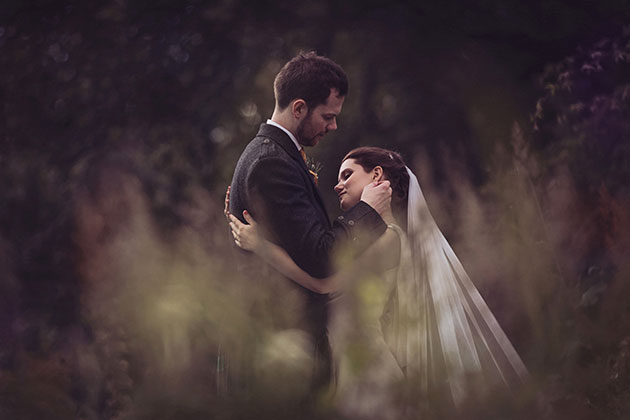
Credit: Tiree Dawson
Don’t neglect your post-processing
Used with skill, your camera will record the scene with great accuracy. What it can rarely do though is truthfully capture the whole feeling of the moment. For me the editing process is my way of bringing the emotion back. This is why I never outsource any of my post-processing; I believe it is best done by the person who took the image. Your experience of the moment far exceeds what you see through the viewfinder, and careful editing can help recreate how it felt. Keep up to date with editing techniques and make a habit of frequently comparing your finished products and raw files. Try to shoot with a post-editing process in mind, so that when you work on it afterwards it will be all part of the plan!
Kit list
- Old 50mm lens for freelensing This type of lens doesn’t even need to be the same make as your camera body as you won’t actually be attaching it.
- Lastolite reflector Brilliant for opening up shadows and creating catchlights for a flattering look. Also good for entertaining kids, kneeling on and using to create a breeze through the hair.
- Random objects These types of objects can be used to create distortions and light effects. Objects can include cut-off piping, glass rings, prisms, disco glasses, etc.
Tiree Dawson is a self-taught photographer who has now been a professional for over 10 years. She currently shoots around 80 weddings a year and produces images for over 40 clients. Go to www.tireedawson.co.uk or follow her on Instagram at @tireedawson.
Headshots
Professional photographer Chris Bailey reveals his top tips for capturing headshots using only natural light
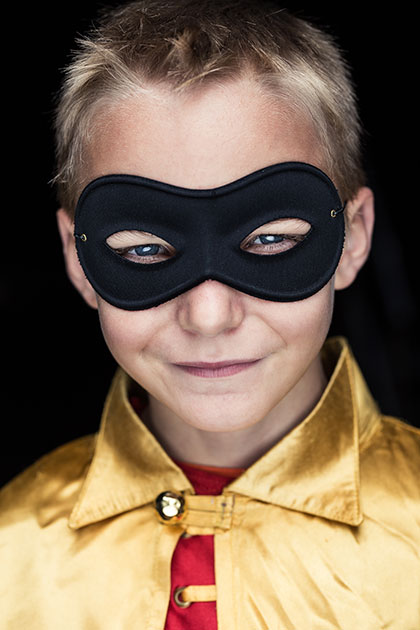
Credit: Chris Bailey
Background
When selecting a background for your headshots, bear in mind that our eyes are drawn to the brightest part of an image. Try not to choose a background with too much highlight as it takes attention away from the face. Ideally you want to aim for the face to be the brightest part of your image. I find that placing my subjects against a wall or in an alleyway helps to create depth and perspective in my images.

Credit: Chris Bailey
Find the direction of light
The beauty of working with daylight is that it’s one of the best qualities of light available and it’s absolutely free! You don’t need to invest in expensive studio lights, after all, those studio strobes are just trying to imitate daylight. When the sun is high, the light will be harder and produce strong shadows, but when the sun is low, the light will be softer and will produce more even results. The direction of light matters, and placing your subject in relation to the sun is crucial. I find this position by placing my hand out in front of me and turning around in a full circle. This may sound silly and look odd but look at how the quality of light changes on your hand as you move it. Magic.
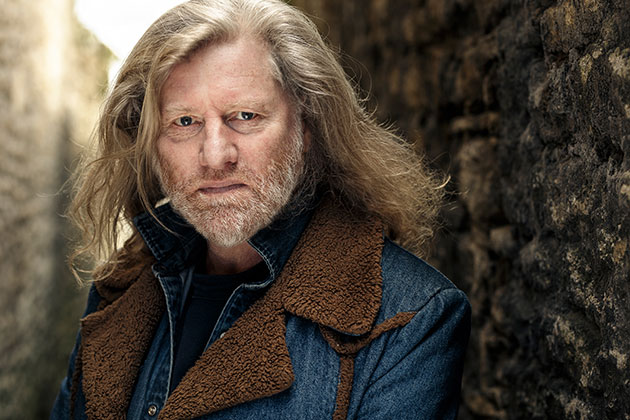
Credit: Chris Bailey
Background separation and bokeh
Bokeh is a term photographers use to describe the softness of a background while the foreground stays sharp and in focus. Bokeh is achieved by using a low f-stop such as f/2.8 or f/4 to help make your headshot ‘pop’ from the image and separate your subject from the background. After all, we are trying to make a two-dimensional image look as three dimensional as possible.

Credit: Chris Bailey
Shadows are your friend
Creating shadows on the face adds character, shape and dimension. You can completely change the look of a person’s face by where you allow the shadows and highlights to fall. Try placing the side of your subject’s face near a wall and watch their face gently fall into shadow.
Kit list
- 5-in-1 reflector A reflector is my go-to tool for portraits and headshots. When used correctly it acts as a second light. Adding a reflector under your subject’s chin will provide a touch of light in the shadow areas.
- Sigma 85mm f/1.4 DG HSM | A Generally, 85mm primes and longer focal lengths are best for headshots as they capture facial features in a more flattering way. If you’re just starting out, a 50mm f/1.8 lens from Canon or Nikon is a relatively cheap lens which delivers fantastic results.
- Lastolite EzyBalance Selecting the correct white balance can be tricky when working with daylight as the light temperature can change very quickly, especially on a cloudy day. I use a grey card to get the correct white balance.
Chris Bailey is a professional portrait photographer based in South West England. Chris loves both the technical and visual challenge of capturing people, as every face is unique. Check out his portfolio of work at chrisbaileyphotography.co.uk.
Action portraits
Claire Gillo shows you how to freeze a ballerina in action using minimal kit
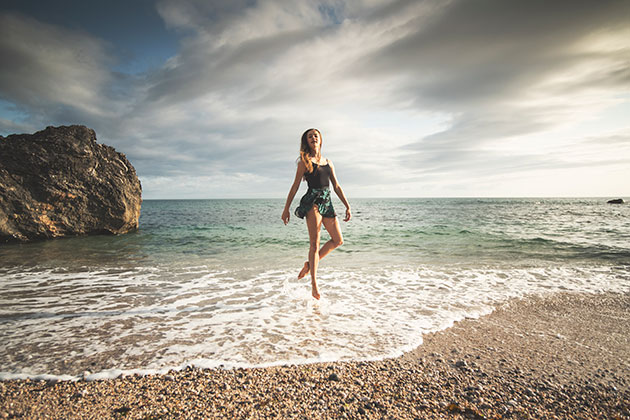
Credit: Claire Gillo
Using the light
I got asked if this image had been taken using flash and the answer is ‘no’! Using the natural sunlight as it begins to soften and drop in the sky creates amazing opportunities for striking portraits. The shadows cast over one side of the dancer’s body create a more sculptural look.
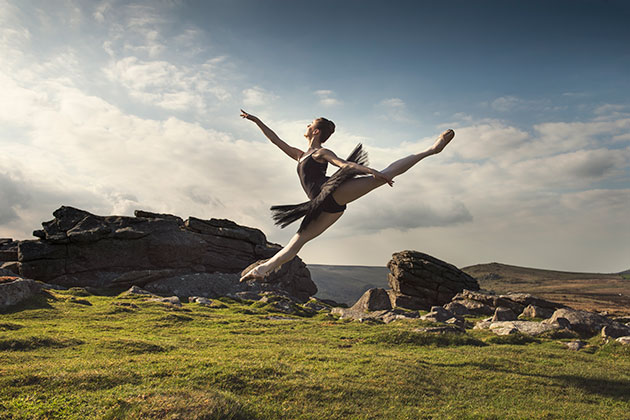
Credit: Claire Gillo
Timed to perfection
With action portraiture it’s tricky to capture the optimum moment, so I set my camera up to make the job easier. First I put my focus setting to the tracking feature, then the camera into the burst mode (for the jumps, this is vital) and always count the model in to the jumps. Take a test shot before they start any movement to check light direction, exposure and overall effect. Don’t be afraid to keep your model waiting while you perfect these aspects, because if you have something like the exposure or light direction wrong you won’t have a usable image.
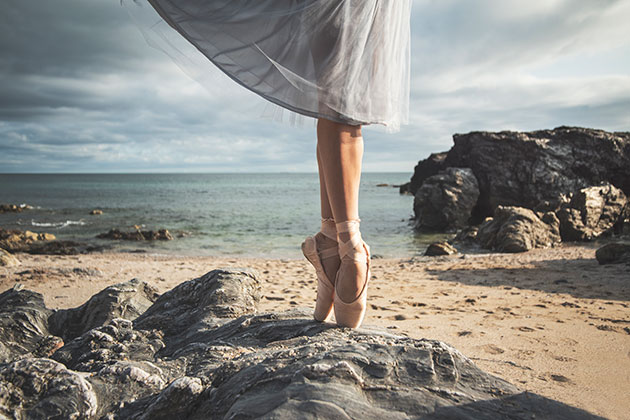
Credit: Claire Gillo
Clothing
Clothing, hair and make-up are all big considerations to take into account when planning a portrait shoot. Carry a number of outfits so you can experiment and match your subject’s outfit to the setting. In this instance the ruffled skirt mimics the grey rocks. Touches like this give your images that extra depth.
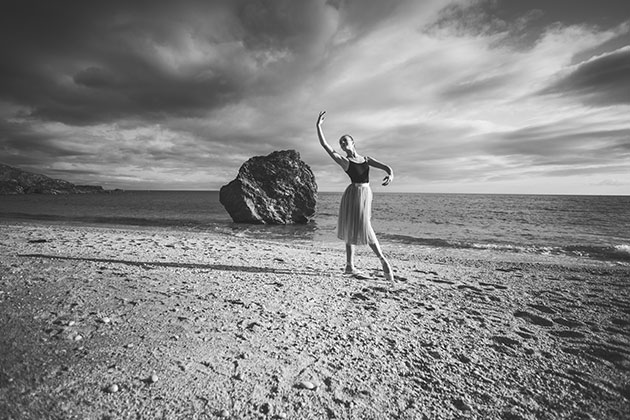
Credit: Claire Gillo
Dance with the setting
One of the key elements to shooting portraits on location is getting the right location. Be prepared to do some research, recces and forward planning so when the conditions are right you can just jump (excuse the pun) right into it. For this shoot we headed down to an isolated beach in Devon, and had it to ourselves. It would have been a real pain to clone people out of the background.
Kit list
- Go wide Portraiture and wideangle don’t often get mentioned in the same sentence, but I have a very old 15-35mm Sigma lens, which I love and perfect for this approach. Technically the lens is flawed (the corners vignette), but I find the effect a good characteristic.
- The Photographer’s Ephemeris app This is my first port of call for any location photoshoot. The Photographer’s Ephemeris app enables me to plan for the light direction and sunrise and sunset times.
- Food and drink When out on location, it’s vital to take supplies. If it’s a hot day pack plenty of water; if it’s cold, a flask of tea and some biscuits will prove to be popular with your model. You’ll need to keep energy levels up so they perform well.
Claire Gillo is AP’s acting technique editor, a freelance writer, and a photographer based in Devon. During the past decade she has worked across a number of photography magazines. Find out more about her work at clairegillo.com.
Find more great portrait photography tips and tricks here, plus have a look at our beginners guide to portrait photography.

